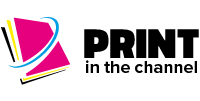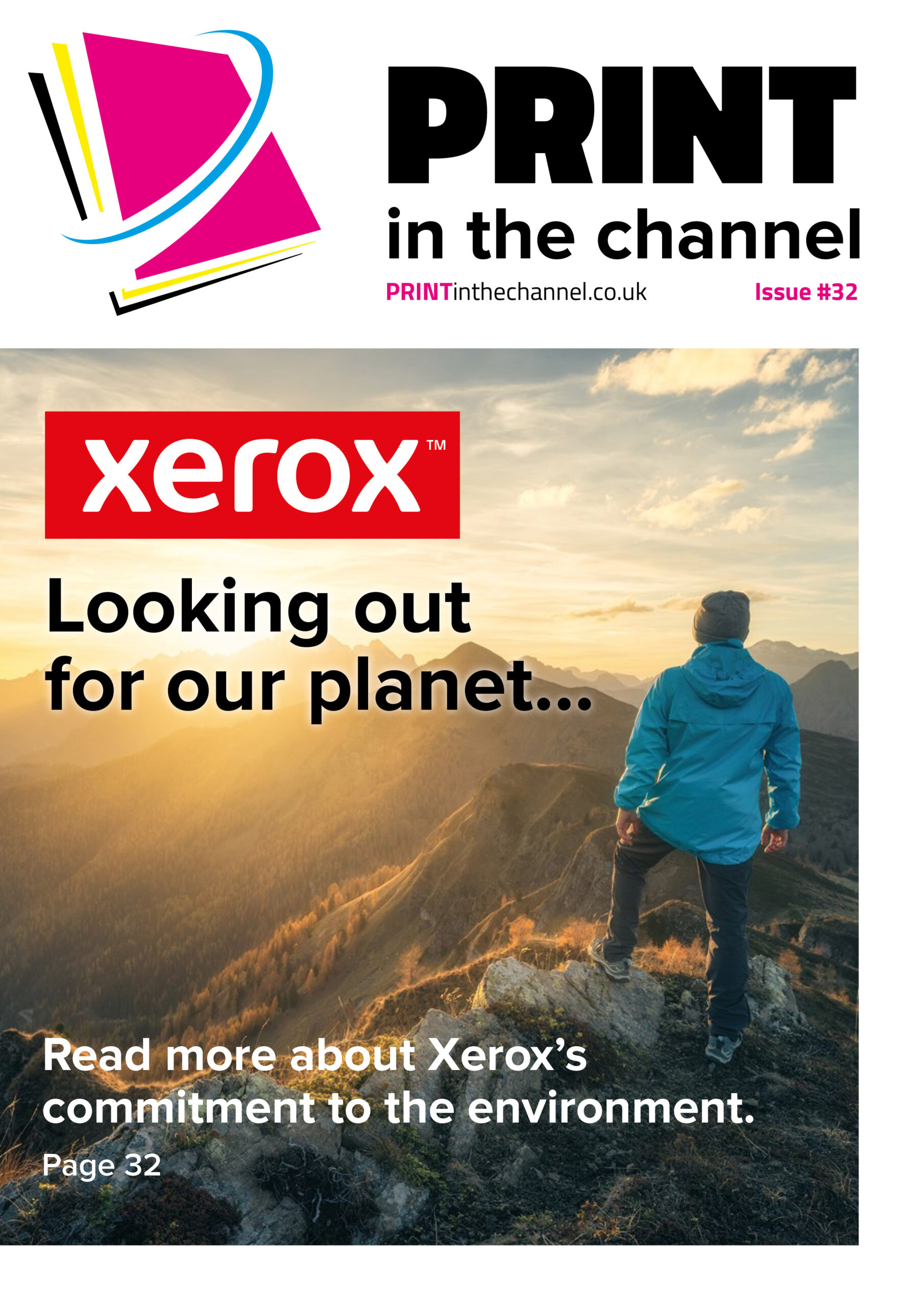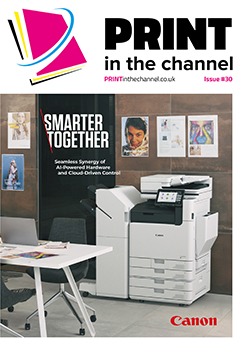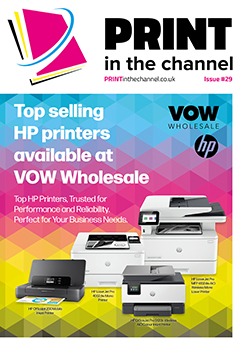Ricoh has launched its new Pro 8400 series, which are an evolution from the established predecessor machines that aim to provide new standards in reliability and sustainability for mono production printers. Ricoh has been an established name in mono production print for many years, and its Pro 8300S/8310S/8320S and Pro 8310/8320 series have been consistent sellers since their launch.
Now, Ricoh has launched its Pro 8400S/8410S/8420S and Ricoh Pro 8410/8420 mono production printer series as an evolution of the previous range. This new series incorporates next generation productivity enhancements designed to elevate the production of a wide range of fast turnaround, on demand applications, for in-house, corporate, transactional and commercial printing environments.
Improved features include:
• Improved scanning speed up to 280 pages per minute for A4 duplex scanning at 200/300dpi
• Enhanced paper handling with a new ADF Automatic Document Feeder
• Expanded media flexibility to strengthen productivity. Print on media weights from 52 to 350gsm and duplex up to 700mm in length
• Expanded functionality with finishing options that support smooth, continual throughput and help to streamline workflow by automating tasks
• Responsible production with the use of recycled plastic and recycled steel in the manufacturing process.
Quality and preciseness
The series’ high-speed output and superior image quality is delivered by Vertical Cavity Surface Emitting Laser (VCSEL) imaging technology while crisp text, fine lines and smooth halftones at 2400 x 4800dpi resolution are enabled by enhanced toner. Precise handling, even with pre-printed and dark coloured papers, is managed by the Mechanical Registration System, with a Contact Image Sensor.
In addition, ease of use is powered by a smart operation panel while downtime is minimised by auto jam recovery and an automatic purge function. Productivity and continual printing without replacing paper and toner is further enabled by multiple Vacuum Feed LCIT trays and twin toner system. Integration with Plockmatic finishing options also allows easy post processing activities.
Unique selling point
Brad Hyde, business development manager, Ricoh UK Graphic Communications, notes that a unique selling point of the Pro 8400 is that it has more peripherals than the Pro 8300. “This offers great customer options,” he says. “Also, there is a sustainability factor, with post-consumer recycled plastic and electric furnace recycled steel used in the models. Moreover, the series utilises VCSEL imaging technology to achieve high-speed output and premium image quality.”
Brad says the printers are aimed at a range of businesses. “While the 8410 and 8420 can be used in commercial print environments, the 8400 is more common in the CRD and corporate sectors,” he says. “It helps cut energy consumption and the digital press boasts class-leading energy efficiency.”
Modular concept
The printers also have a modular concept. “The modular concept refers to the design approach that allows printer components to be easily removed and replaced,” explains Brad. “It signifies that a printer is built up from a set of separate, distinct parts or modules, each of which performs a specific function and can be replaced individually. The modules can include parts like ink cartridges, print heads or paper trays.
“Although it can be configured with a minimal footprint for a device capable of up to 1 million images per month, as with all Ricoh’s graphic communications technology, it is modular. So, more peripherals can be added easily if production demands grow after the initial order. For example, a booklet maker may not be needed initially, but requirements change over time, so a new booklet maker could easily replace a standard finisher. The advantages of the modular concept include automated workflow and superior results. End-to-end solutions from Ricoh and first-tier partners can simplify the operator’s life and fulfil other print room functions.”
Sustainability considerations
Sustainability continues to be a big issue for customers, and Ricoh has factored that into the design of the range. “The series has been designed to minimise waste by diverting waste from landfills,” says Brad. “It is made of 25% post-consumer recycled plastic and 33% electric furnace recycled steel, contributing to reducing the environmental impact and aligning with organisational goals for sustainability.”
Building on foundations
When in conversations with customers about the range, Brad says there are several features that should be highlighted, in addition to the above. “The previous 8200 and 8300 series engines are proven performers in the field,” he says. “The 8400 builds on that foundation of reliability, improving the user experience while crucially making the Ricoh engines more sustainable.”
Brad adds that the 8400 is anticipated to be released in early December and will have a price point similar to the Pro 8300.










